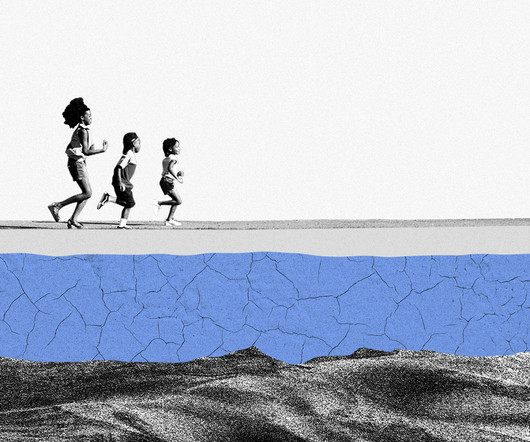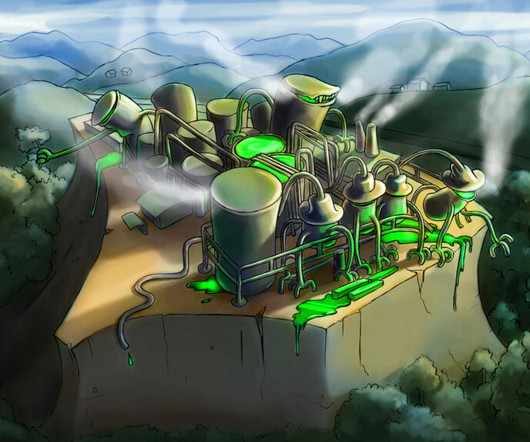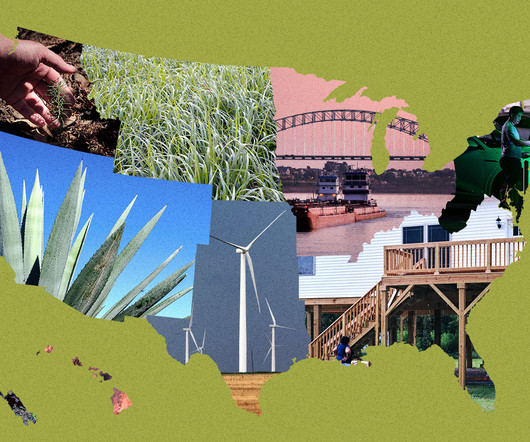As climate change threatens cultural treasures, museums get creative to conserve both energy and artifacts
Grist
MARCH 27, 2024
But climate control represents a particularly bedeviling problem, since more energy use contributes to climate change, which in turn causes greater temperature extremes that necessitate even more energy use to maintain a controlled indoor environment (sometimes known as the “doom loop” of AC ).















Let's personalize your content